
Aphid
What kind of animal is Aphid?
Life Cycle and Reproduction
Aphids have a unique life cycle. Flightless females, called "stem mothers", reproduce without fertilization (a process known as parthenogenesis) throughout the summer. These stem mothers give birth to live nymphs (viviparity) rather than laying eggs, as most other insects do.The rapid maturation of female aphids allows them to breed profusely, leading to exponential population growth.
Later in the season, winged females develop, enabling the colonization of new plants.
In temperate regions, sexual reproduction occurs in autumn, with aphids often overwintering as eggs.
Some species alternate between two host plants, such as an annual crop and a woody plant.
Diet and Feeding Behavior
Aphids feed by sucking nutrient-rich sap from plants. They use specialized mouthparts (stylets) to pierce plant tissues and extract fluids.Their feeding weakens plants, stunts growth, and can lead to deformities in leaves, buds, and flowers.
Aphids also produce honeydew, a sweet excretory substance.
Honeydew Production and Ant Associations
Ants have a fascinating mutualistic relationship with aphids. They tend aphids, protect them from predators, and receive honeydew in return.Honeydew is the sweet substance produced by aphids. Ants "milk" aphids by stroking them to collect this sugary liquid.
Ants ensure a steady supply of honeydew, which serves as their food source.
Ecological Impact
Aphids are highly successful organisms due to their rapid asexual reproduction and telescopic development.They are among the most destructive insect pests in temperate regions.
In addition to sap-sucking, aphids act as vectors for plant viruses.
Their honeydew deposits can disfigure ornamental plants, leading to the growth of sooty molds.
Control Measures
Controlling aphids can be challenging. Insecticides may not always yield reliable results due to resistance and feeding habits.On a smaller scale, water jets and soap sprays can be effective.
Natural enemies, such as ladybugs, hoverfly larvae, and parasitic wasps, help manage aphid populations.
Species Diversity
Over 5,000 aphid species have been described, all belonging to the family Aphididae.Approximately 400 species are found on food and fiber crops, causing significant damage to agriculture and forestry.
In summary, aphids are both fascinating and troublesome creatures. Their intricate life cycles, feeding habits, and interactions with other organisms make them a subject of ongoing research and interest. Whether you encounter them in your garden or study them in the wild, these tiny insects play a significant role in our ecosystems.
Example of the color palette for the image of Aphid
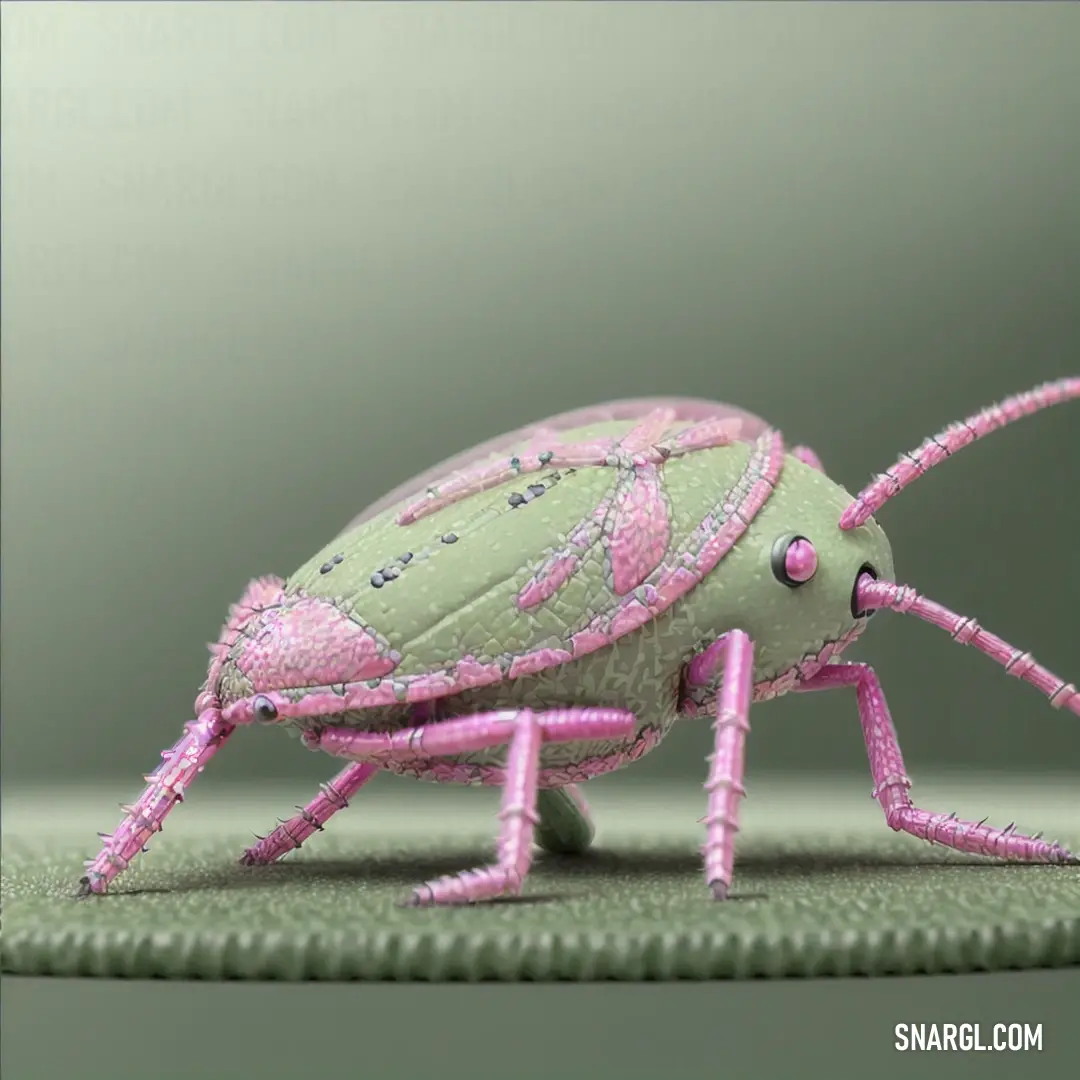
See these colors in NCS, PANTONE, RAL palettes...
What is the animal Aphid known for?
Sap-Sucking Habit: Aphids feed on plant sap by inserting their needle-like mouthparts into plant tissues. They can cause damage by weakening the plant and transmitting plant viruses.
Variety of Species: Over 4,000 species of aphids have been described. They come in various colors, from green to black, and some even have fluffy white woolly coats.
Telescoping Generations: Aphids have an unusual reproductive strategy. Flightless females give live birth to female nymphs, which can also be pregnant. This adaptation allows for rapid population growth.
Mutualistic Relationship with Ants: Ants tend aphids like cattle, protecting them from predators and "milking" them for honeydew—a sugary substance secreted by aphids.
Pest Status: Aphids are serious pests in agriculture and forestry. They disfigure ornamental plants with honeydew deposits and sooty molds. Controlling aphids is challenging due to their rapid reproduction and resistance to insecticides.
What does the Aphid look like?
Aphids can be green, black, white, pink, or yellow, depending on the species and the plant they feed on.
Some aphids are covered with a white, waxy substance that gives them a woolly appearance.
These insects have piercing-sucking mouthparts that they use to suck the sap from plants.
They can cause damage to plants by reducing their vigor, transmitting viruses, and producing honeydew that attracts ants and fungi.
Example of the color palette for the image of Aphid
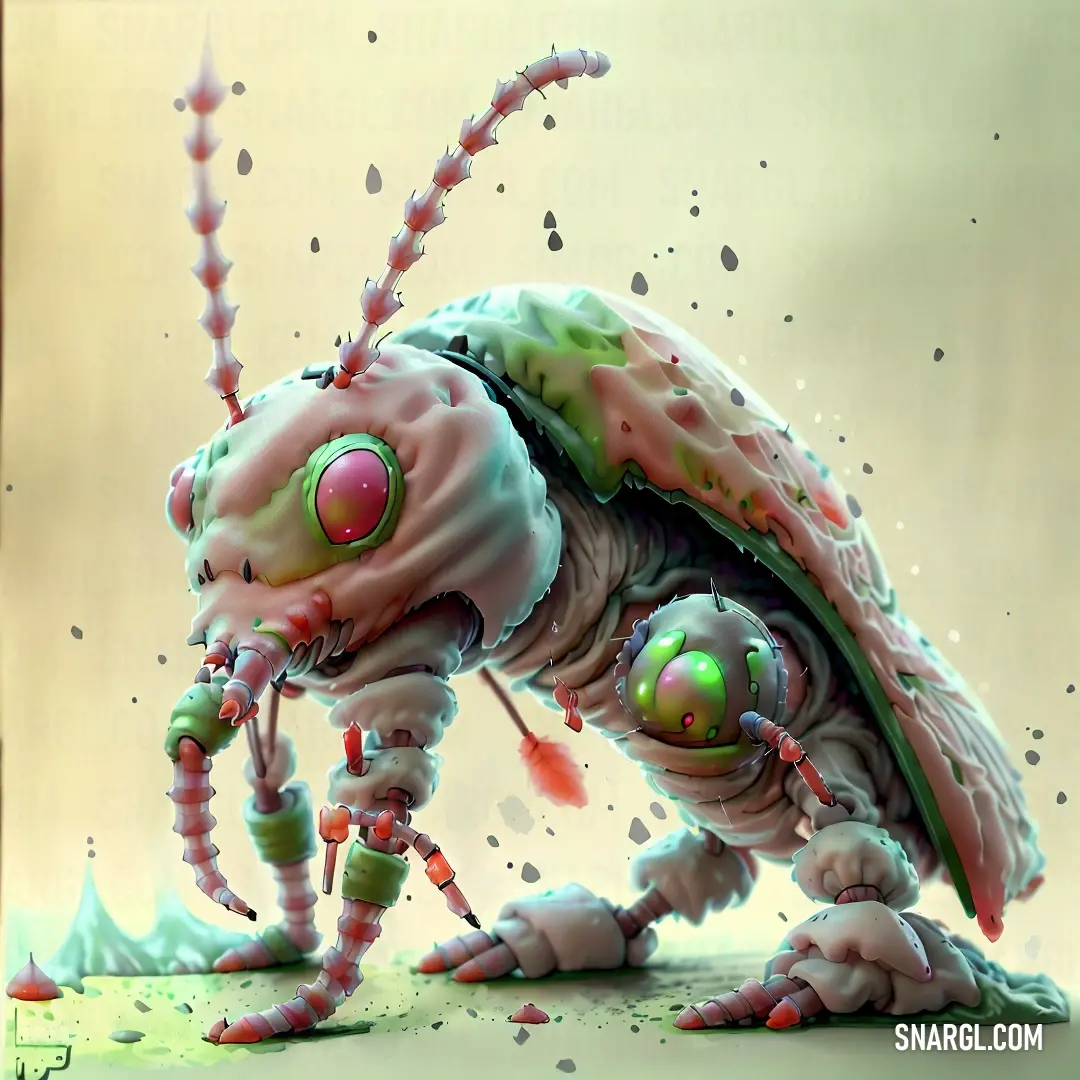
See these colors in NCS, PANTONE, RAL palettes...
Example of the color palette for the image of Aphid
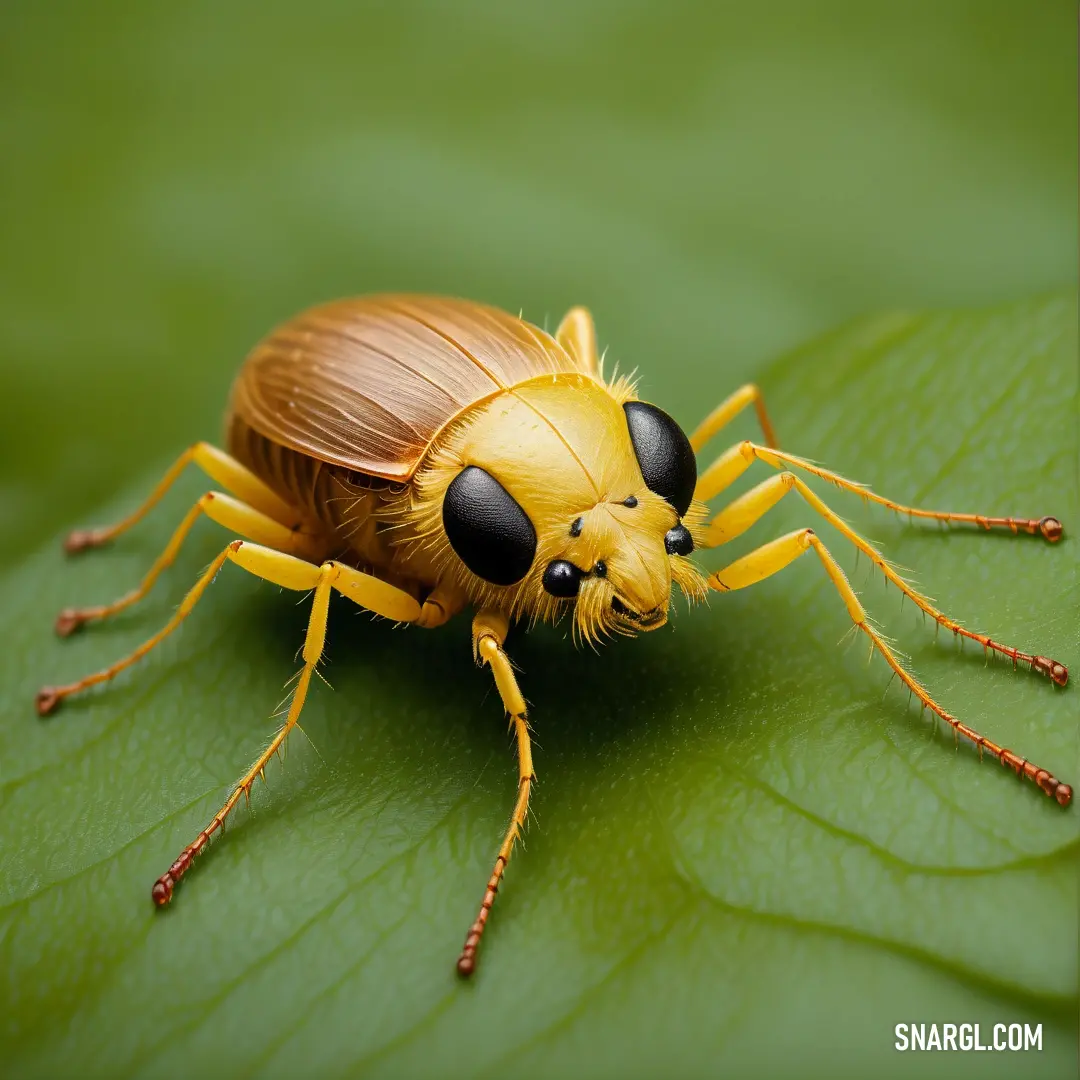
See these colors in NCS, PANTONE, RAL palettes...
The Alliance of the Scented Pillow
One moonlit evening, Everest and Teddy discovered a problem that threatened their peaceful existence: the village's cherished Scented Pillow, a magical artifact that ensured the harmony of the village, had lost its aroma. Without the pillow's enchanting scent, the village's tranquility was at stake.
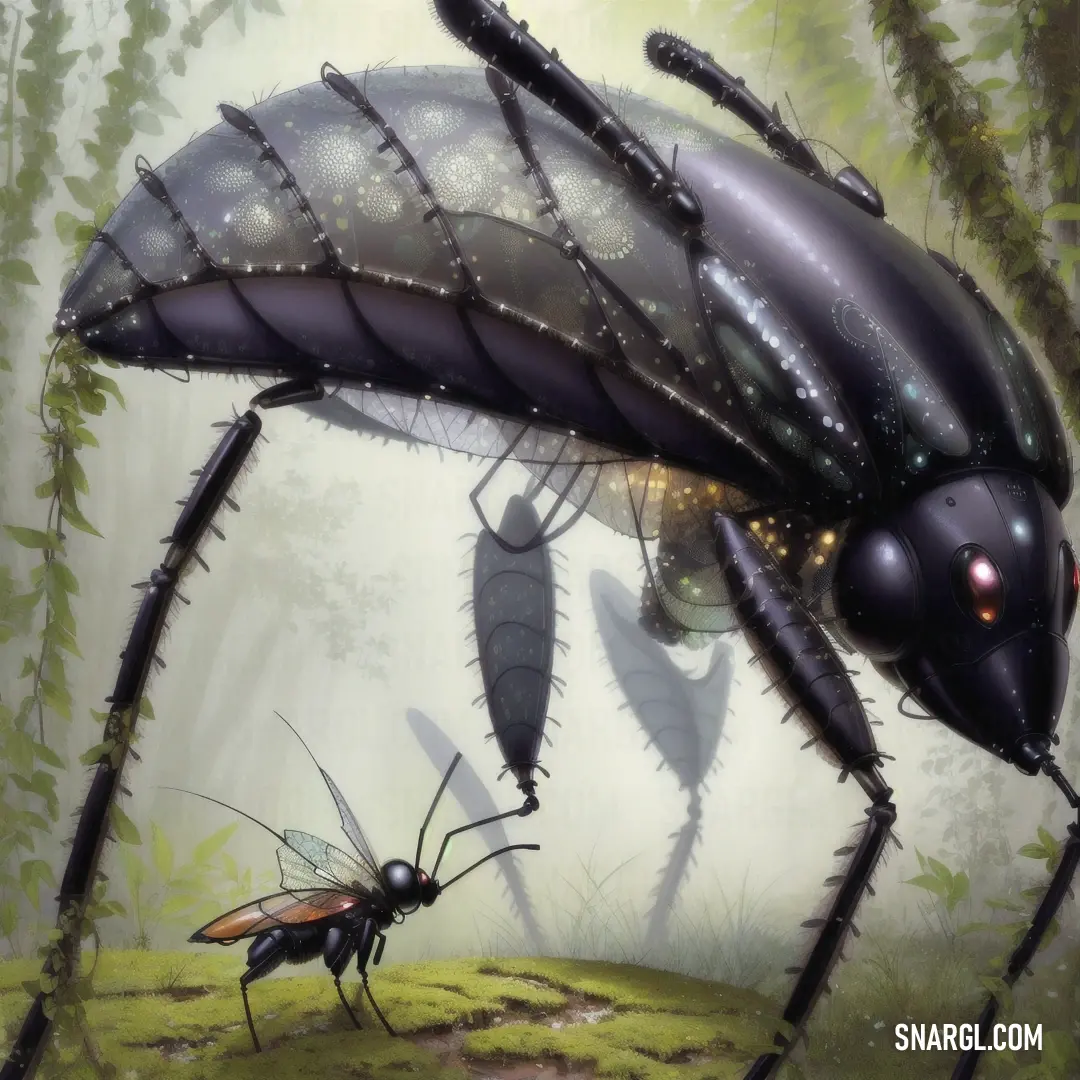
Everest, with his calm demeanor, decided to delve into the issue, while Teddy, with his tiny yet valiant heart, took the lead in gathering clues. They learned that the pillow's scent was created by a rare blend of flowers guarded by the enigmatic Forest Fairies. These fairies, known for their capricious nature, were reputed to only work with those who could prove their worth.
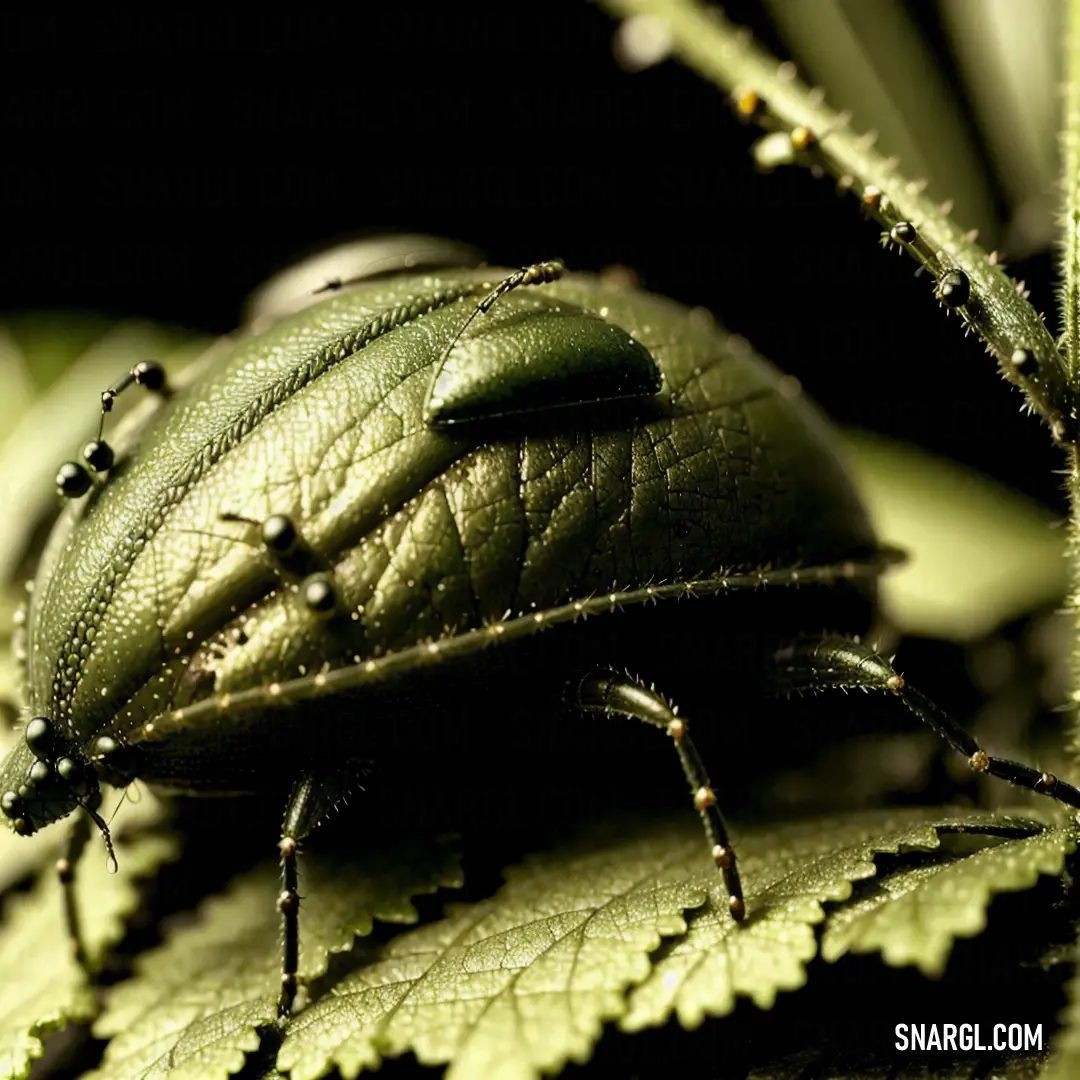
Determined, Everest and Teddy ventured into the heart of the forest. They encountered many trials, including a riddle-speaking owl and a mischievous sprite. But with Everest's wisdom and Teddy's bravery, they overcame each obstacle.
At last, they reached the Forest Fairies' glade. The fairies, intrigued by their journey and bravery, agreed to restore the Scented Pillow's aroma - but only if Everest and Teddy could prove their ultimate worth by forging an alliance. The fairies proposed a challenge: they had to create a new scent from the essence of their own adventures and bravery.
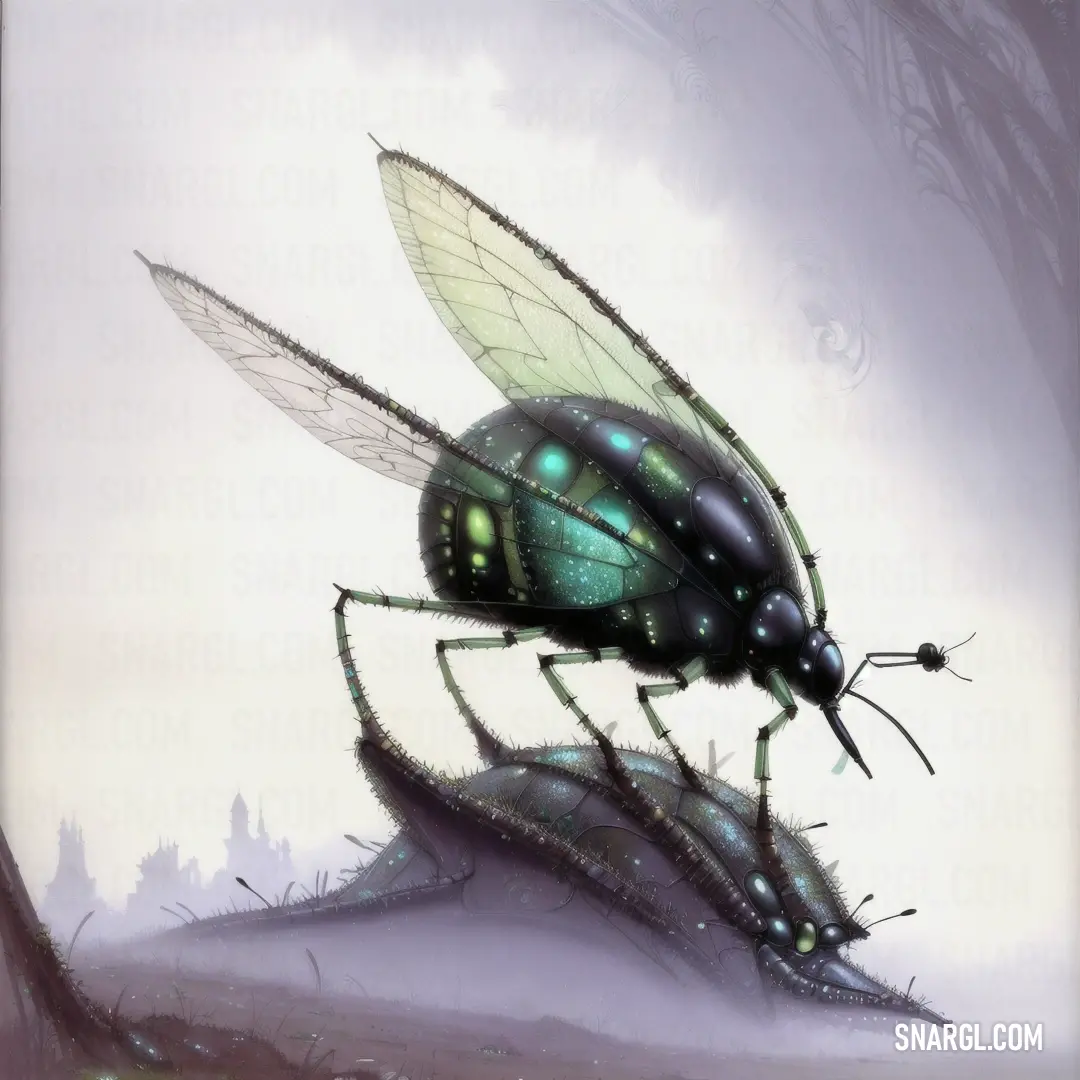
With the fairies' guidance, Everest and Teddy combined their experiences into a fragrant blend of courage, loyalty, and friendship. The fairies were impressed and accepted the alliance. The Scented Pillow regained its enchanting aroma, and the village's peace was restored.
Everest and Teddy returned as heroes, their bond with the fairies a testament to their bravery and collaboration. The village thrived once more, and the tale of the brave aphid and the wise pet sitter became legend, reminding all of the power of courage and alliance.

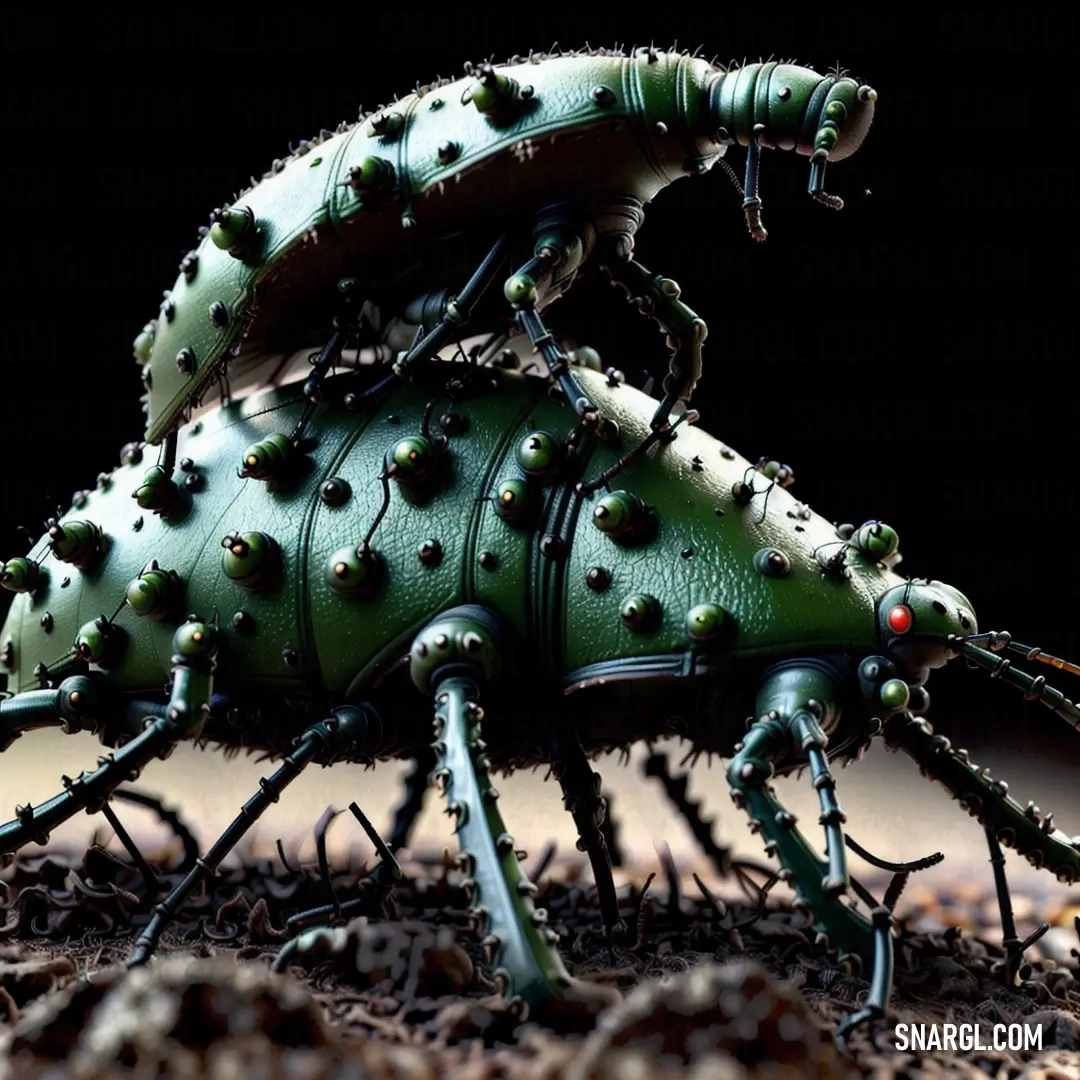
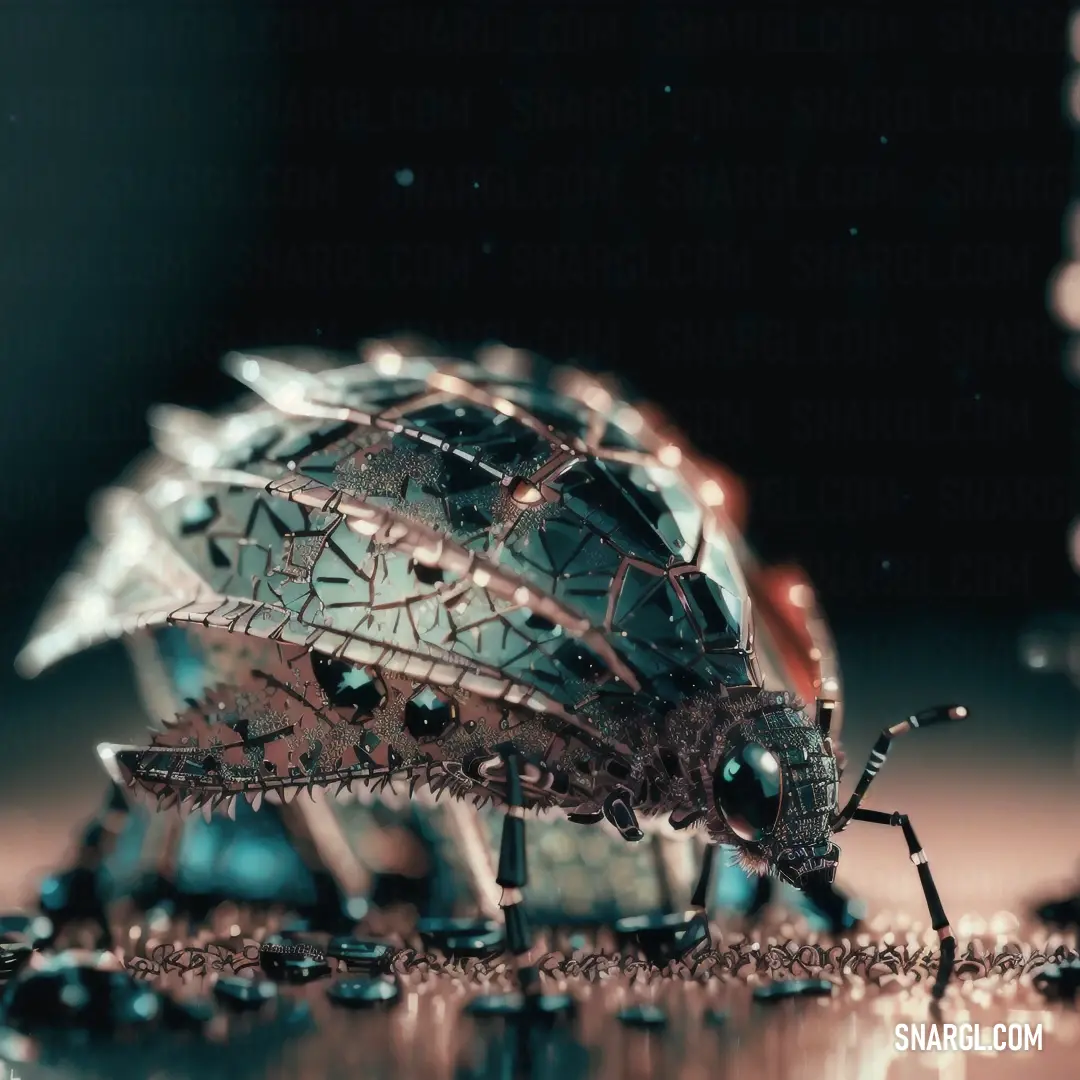
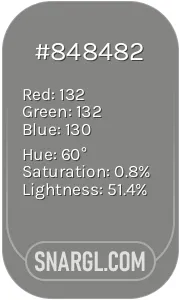 Battleship Grey
Battleship Grey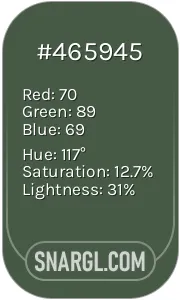 Gray-asparagus
Gray-asparagus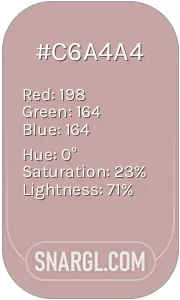 Pale mauve
Pale mauve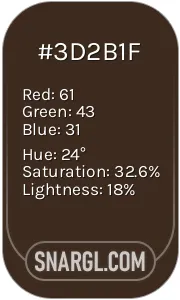 Bistre
Bistre Dim gray
Dim gray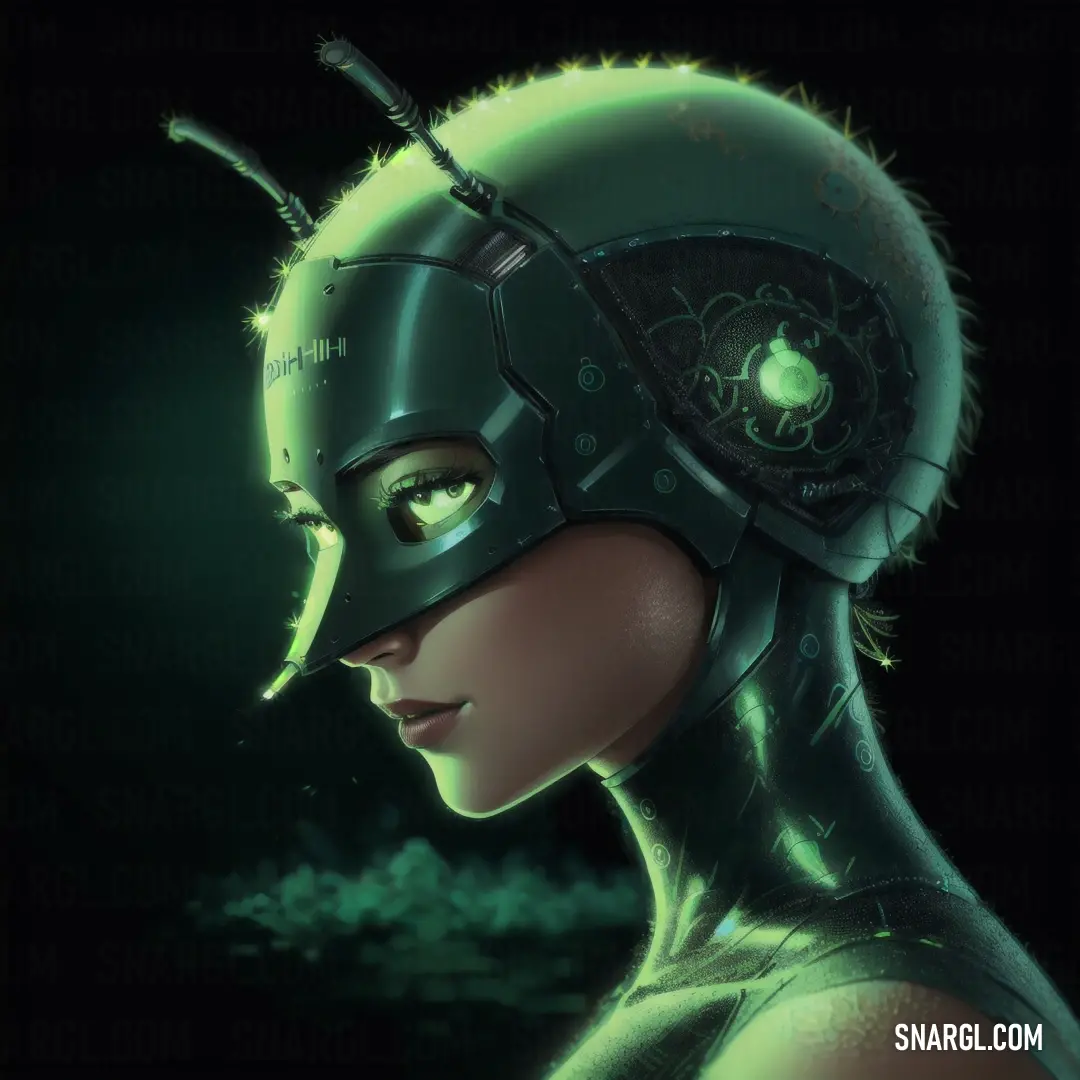
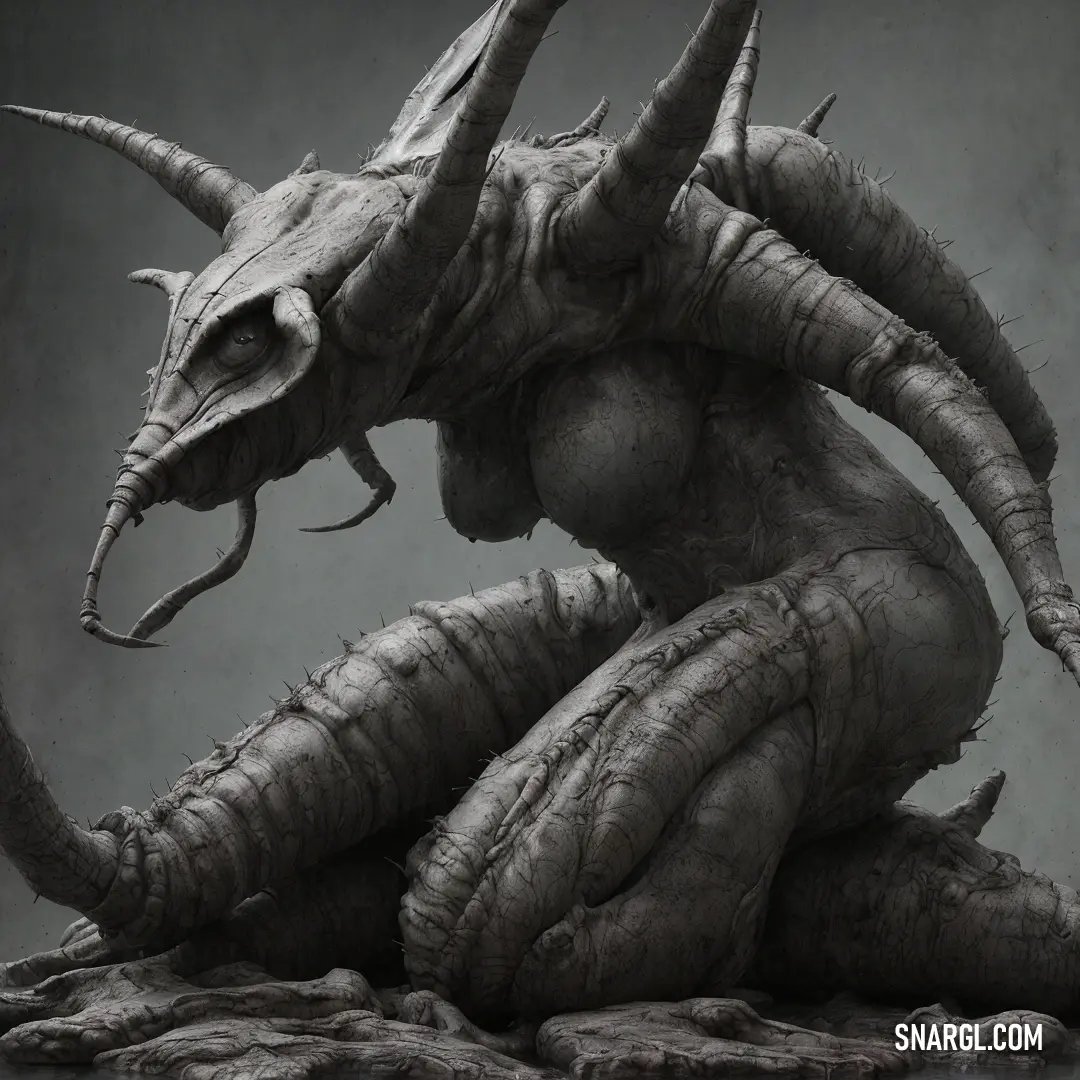
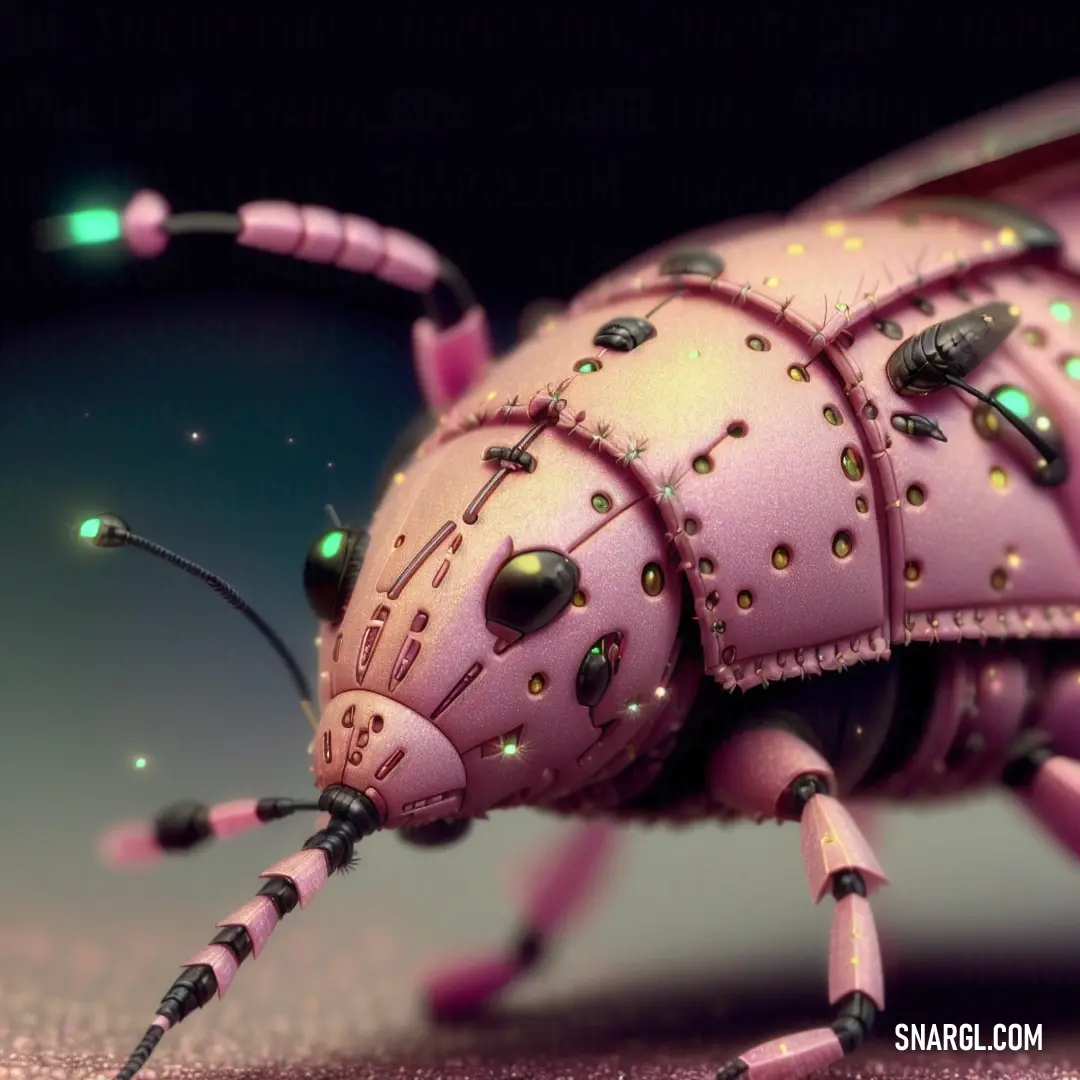
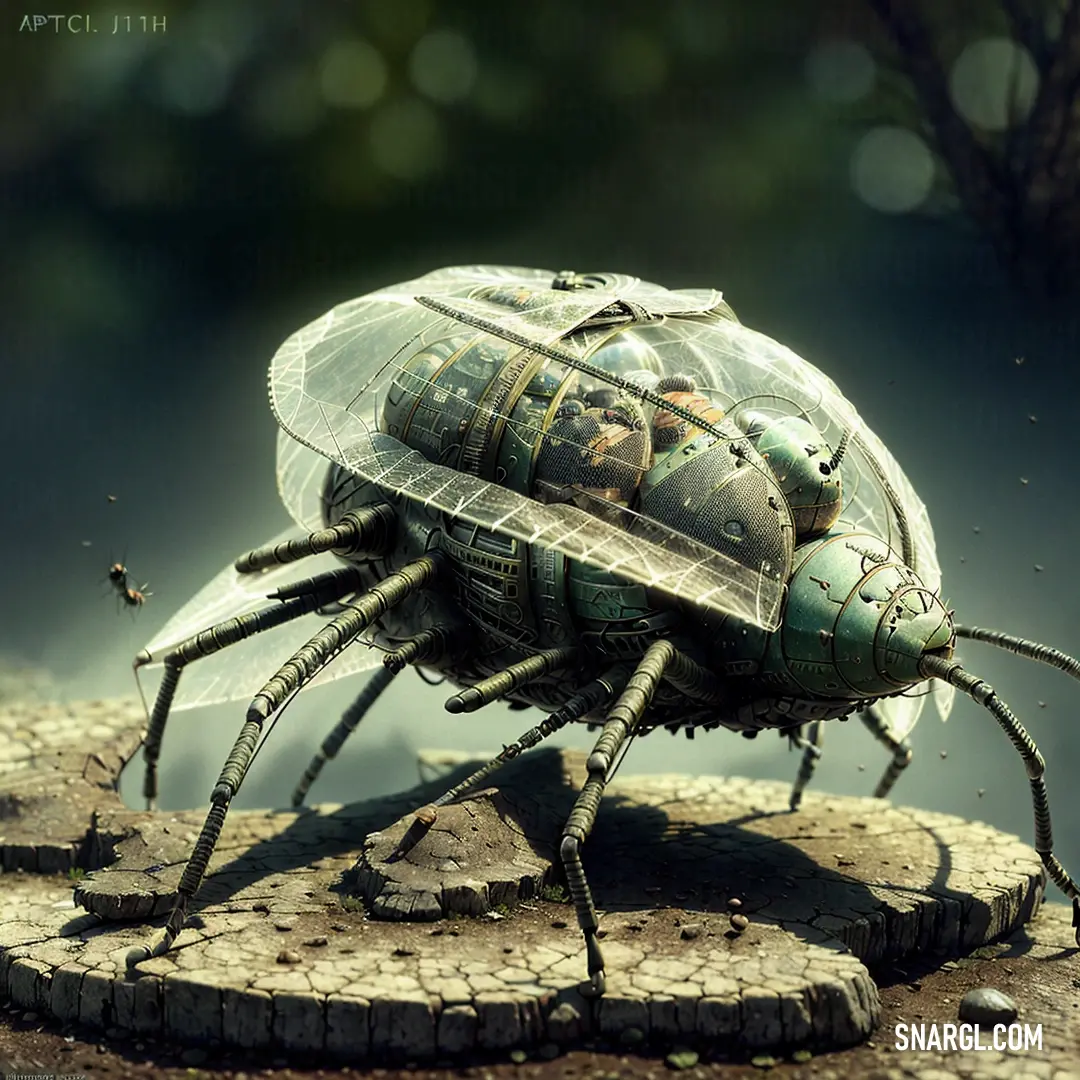
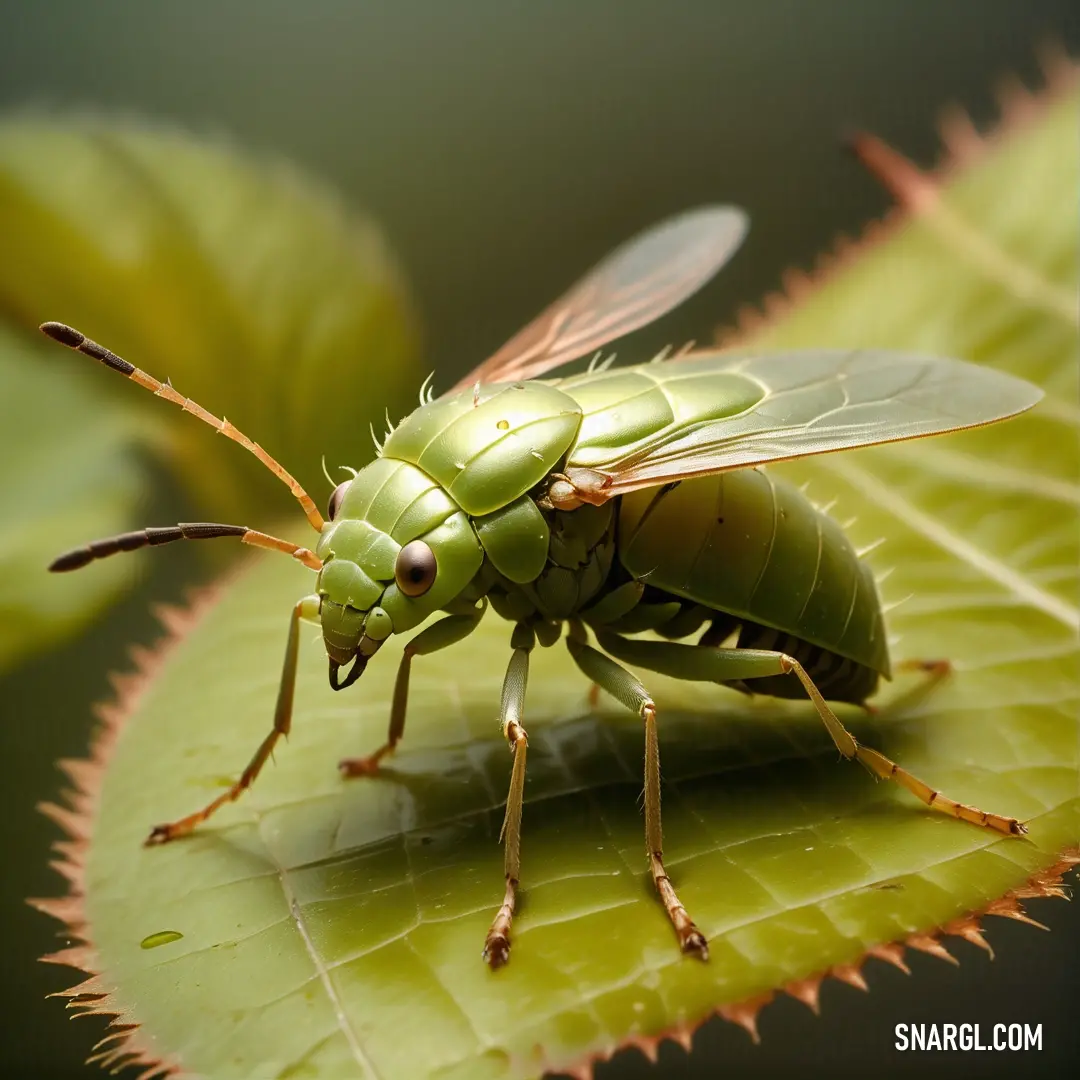
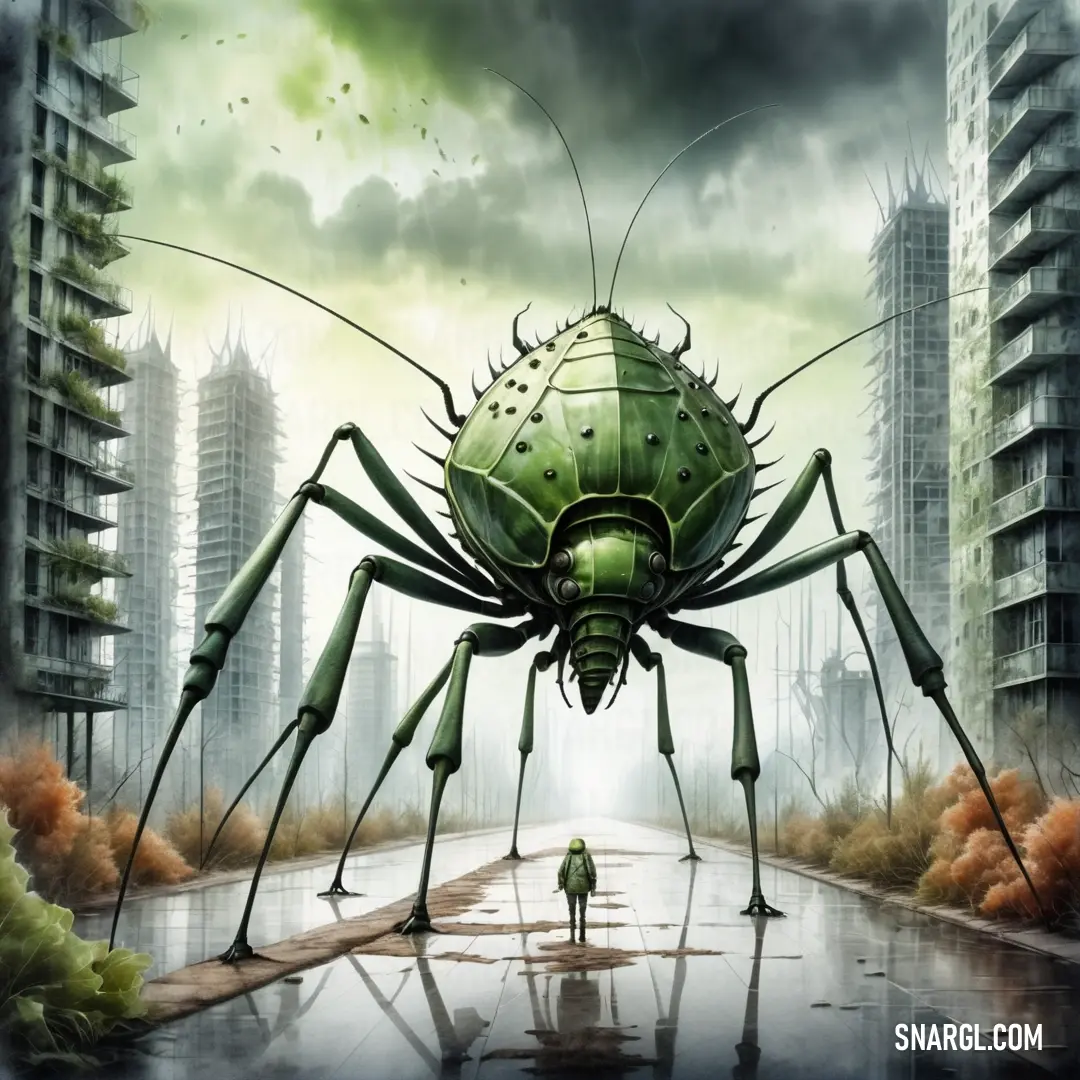
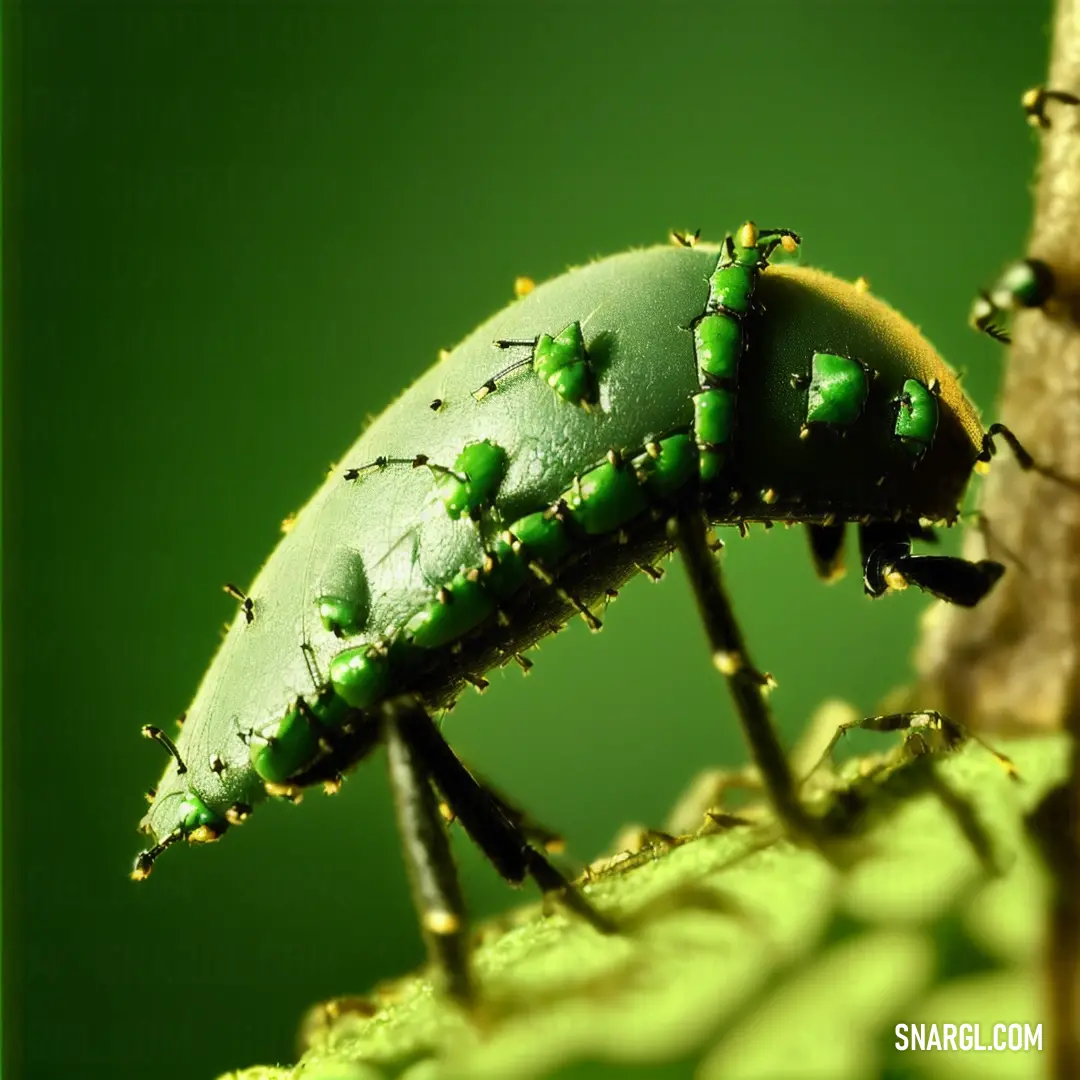
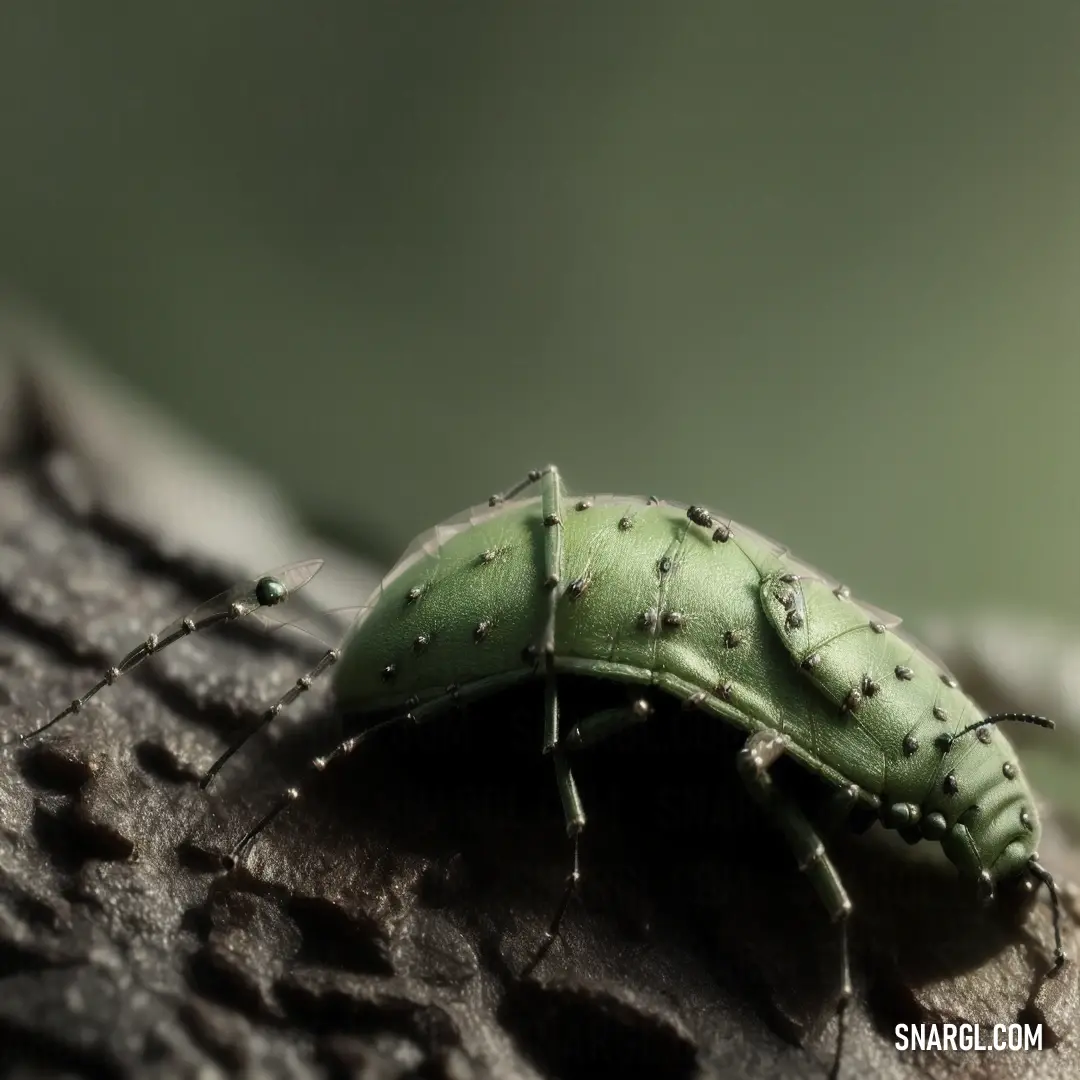
 Pale silver
Pale silver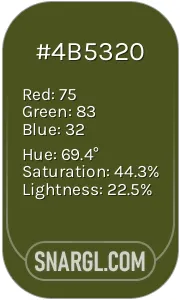 Army Green
Army Green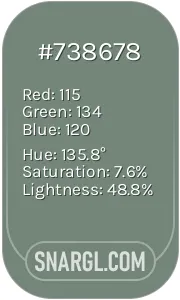 Xanadu
Xanadu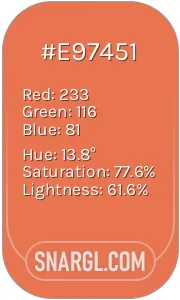 Burnt Sienna
Burnt Sienna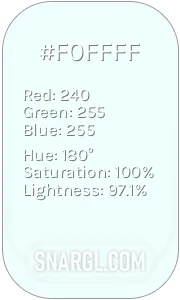 Azure mist/web
Azure mist/web Olive Drab
Olive Drab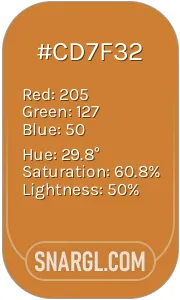 Bronze
Bronze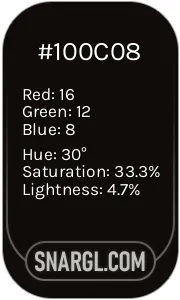 Smoky black
Smoky black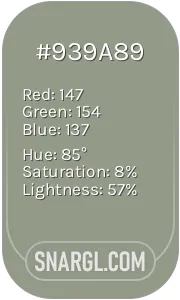 Gray-Tea Green
Gray-Tea Green






